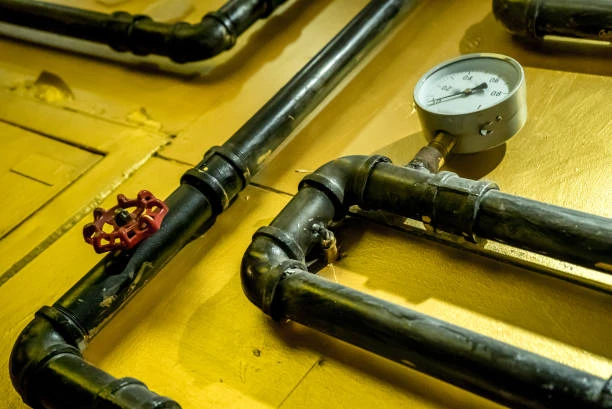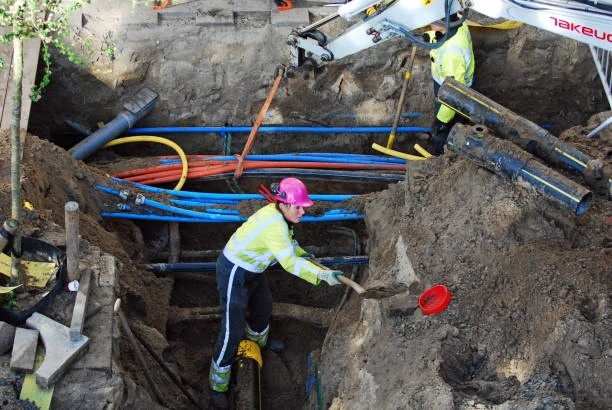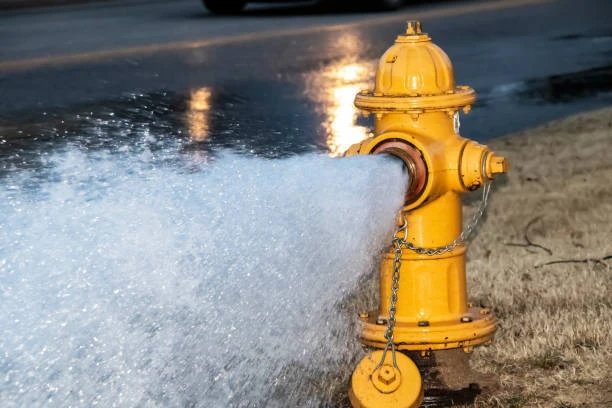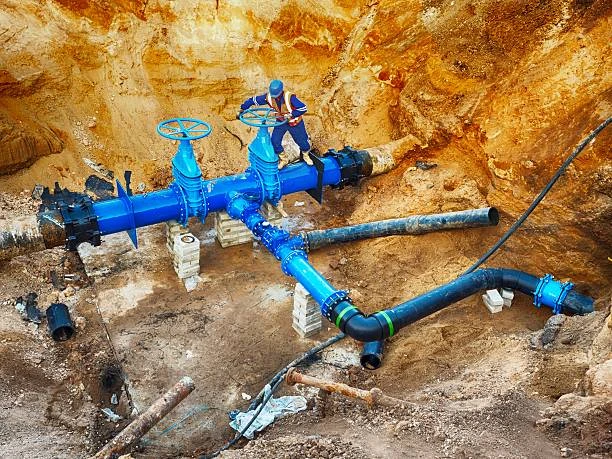Cavitation is a critical phenomenon that can significantly affect the performance and reliability of valves in fluid systems. In particular, three-way globe valves, widely used in various industrial applications, are susceptible to cavitation under certain operating conditions. This article discusses the evaluation of cavitation phenomena in three-way globe valves through computational analysis and visualization tests, highlighting the importance of understanding cavitation for improved valve design and operation.
Understanding Three-Way Globe Valves
What is a Three-Way Globe Valve?
A three-way globe valve is a type of valve that can direct flow between three different paths, enabling various control functions in fluid systems. It is characterized by a spherical body shape, which allows for a more efficient flow path compared to traditional valve designs. These valves are commonly used in applications such as heating, cooling, and fluid distribution systems.
Key Features
- Flow Control: Three-way globe valves allow for precise control of flow rates, making them ideal for applications that require careful regulation.
- Versatility: With the ability to connect to three different pipe segments, these valves offer flexible routing of fluids.
- Durability: Designed to withstand high pressures and temperatures, three-way globe valves are made from robust materials that ensure long service life.
The Significance of Cavitation
What is Cavitation?
Cavitation occurs when the local pressure in a fluid drops below its vapor pressure, leading to the formation of vapor bubbles. These bubbles can collapse violently, causing shockwaves that may damage valve components and degrade performance. Understanding cavitation is essential for maintaining the integrity and functionality of three-way globe valves.
Effects of Cavitation
- Erosion: The collapse of vapor bubbles can cause significant erosion of valve surfaces, leading to premature wear and potential failure.
- Noise and Vibration: Cavitation can generate excessive noise and vibrations, which can impact system performance and lead to operational inefficiencies.
- Flow Disruption: The formation and collapse of bubbles can disrupt the smooth flow of fluids, causing fluctuations in pressure and flow rates.

Computational Analysis of Cavitation in Three-Way Globe Valves
Overview of Computational Fluid Dynamics (CFD)
Computational Fluid Dynamics (CFD) is a powerful tool useful to simulate fluid flow and analyze various phenomena, including cavitation. By solving the Navier-Stokes equations, CFD can provide insights into pressure distribution, flow velocity, and vapor formation within a three-way globe valve.
Steps in the Computational Analysis
- Geometry Modeling: The first step involves creating a detailed 3D model of the three-way globe valve using computer-aided design (CAD) software. This model includes all relevant features, such as inlet and outlet ports, flow paths, and internal components.
- Meshing: The 3D model is then discretize into smaller elements or cells, known as meshing. A finer mesh allows for more accurate simulations but requires more computational resources.
- Boundary Conditions: Appropriate boundary conditions must be defined, including inlet flow rates, outlet pressures, and fluid properties. These conditions help simulate real-world operating scenarios.
- Simulation: The CFD software runs simulations to analyze fluid flow, pressure variations, and cavitation behavior under different operating conditions. This process can take several hours to days, depending on the complexity of the model.
- Post-Processing: The results are analyzed through visualization techniques, such as contour plots and streamlines, to understand flow patterns and cavitation locations within the valve.
Key Findings from Computational Analysis
- Cavitation Locations:
The analysis typically reveals specific regions within the valve where cavitation is likely to occur. Which often near changes in geometry or high-velocity flow areas. - Pressure Distribution:
CFD simulations can highlight pressure drops that contribute to cavitation, providing insights into how design modifications could mitigate these effects. - Flow Patterns:
Understanding flow patterns helps identify areas where turbulence may lead to cavitation, informing design improvements.
Visualization Tests for Cavitation
Purpose of Visualization Tests
To complement computational analysis, visualization tests are essential for validating CFD results and gaining a deeper understanding of cavitation phenomena. These tests provide real-time observations of flow behavior and cavitation in three-way globe valves.
Methods of Visualization
- High-Speed Photography:
This technique captures rapid events such as bubble formation and collapse, allowing engineers to study cavitation dynamics in detail. - Laser Doppler Anemometry (LDA):
LDA measures fluid velocities at various points within the valve, providing quantitative data to support CFD findings. - Particle Image Velocimetry (PIV):
PIV involves seeding the flow with tracer particles and using laser light to visualize flow patterns. Which helping to identify turbulence and cavitation regions.
Results of Visualization Tests
- Confirmation of CFD Predictions: Visualization tests often confirm the locations and behavior of cavitation predicted by CFD, validating the computational model.
- Understanding Dynamics: These tests provide insights into the temporal aspects of cavitation, including the rate of bubble formation and collapse.
- Design Implications: Observations from visualization tests can inform design changes to minimize cavitation risks, Such as altering flow paths or adjusting valve geometry.
Strategies for Mitigating Cavitation
Design Modifications
- Optimizing Flow Paths: Redesigning internal flow paths can reduce turbulence and minimize pressure drops, decreasing the likelihood of cavitation.
- Increasing Valve Size: Larger valves can accommodate higher flow rates without generating significant pressure drops, thus reducing cavitation risk.
- Using Cavitation-Resistant Materials: Selecting materials that withstand erosive effects can enhance the longevity of valves exposed to cavitation.
Operational Adjustments
- Controlling Flow Rates: Operating valves within specified flow rate ranges can help prevent conditions conducive to cavitation.
- Monitoring and Maintenance: Regular monitoring of valve performance and condition can identify early signs of cavitation. Which allowing for timely maintenance or replacement.
Conclusion
The evaluation of cavitation phenomena in three-way globe valves through computational analysis and visualization tests is crucial for improving valve design and operational efficiency. Understanding cavitation helps mitigate its negative impacts, ensuring the longevity and reliability of these essential components in fluid systems. As industries continue to evolve, the insights gained from this research will play a pivotal role in advancing valve technology and performance.
FAQs
- What is a three-way globe valve?
- A three-way globe valve is a type of valve that can direct fluid flow between three different paths. Which allowing for versatile control in fluid systems.
- What is cavitation, and why is it a concern?
- Cavitation occurs when local pressure drops below vapor pressure, causing vapor bubbles to form and collapse. Which can lead to erosion, noise, and flow disruption.
- How is computational fluid dynamics (CFD) useful to analyze cavitation?
- CFD simulates fluid flow and pressure distribution within a valve, helping to predict cavitation locations and behaviors under various operating conditions.
- What visualization techniques are used to study cavitation?
- High-speed photography, laser Doppler anemometry (LDA), and particle image velocimetry (PIV) are common techniques useful to visualize and analyze cavitation phenomena.
- What strategies can be employed to mitigate cavitation in valves?
- Design modifications, such as optimizing flow paths and increasing valve size, along with operational adjustments, like controlling flow rates, can help reduce cavitation risks.


















